In Buddhism, beautiful flowers symbolize purity and fragrance. Therefore, offering beautiful flowers to Buddha shows reverence and gratitude towards the holy Buddha and ancestors.
However, not everyone understands the significance of choosing the right flowers for Buddhist offerings and the considerations to keep in mind. So, don’t skip this article if you want to find answers to all your questions!
1 Significance and Merits of Offering Flowers to Buddha
Flower offerings top the list of ten types of offerings mentioned in the Lotus Sutra. This is because flowers are the essence of all vegetation, nurtured and grown from nature.
There are various ways to offer flowers to the Buddha and Bodhisattvas, such as offering fresh flowers, known as “flower dedication,” and scattering petals on the Buddha’s altar or dharma hall, called “flower scattering.”
In Buddhism, there is also the practice of stringing flowers into garlands to be worn. However, according to Buddhist monastic rules, monks are not allowed to wear flowers as adornment. Instead, they hang the garlands on the walls to enjoy their fragrance and share the blessings with the flower offerer.
Moreover, flowers represent Buddha’s teaching: “All things are impermanent, and nothing is eternal.” When offering fragrant flowers, one should not be attached to their color or scent but instead reflect on the impermanence symbolized by the flower’s brief bloom and use it as a reminder to cultivate oneself.
Flowers are seen as the person or the mind of the devotee. Offering beautiful flowers symbolizes cultivating good karma. If one offers beautiful flowers, one will reap delicious fruits; striving to cultivate good karma will bring blessings in the future.
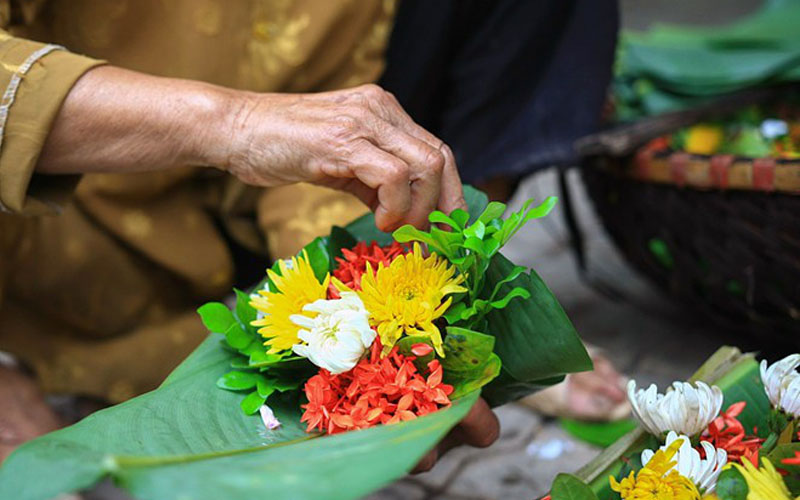 Offering beautiful flowers demonstrates reverence and gratitude towards the Buddha and Bodhisattvas.
Offering beautiful flowers demonstrates reverence and gratitude towards the Buddha and Bodhisattvas.
2 Ten Types of Flowers to Choose for Buddhist Offerings, Along with Their Meanings
Lotus Flower
According to legend, when the Buddha took his first steps, lotuses blossomed with each step to support his feet. Additionally, it is believed that the human heart is like a lotus, and as Buddha-nature develops, this lotus will bloom. Hence, the lotus flower is considered the holy flower in Buddhism and is highly suitable for offering to the Buddha.
The lotus flower’s gentle colors and subtle fragrance align with the solemn atmosphere of Buddhist practice. It also represents strength, determination, faith, and resilience. Notably, the lotus symbolizes a pure soul, true to the flower’s nature of growing in muddy waters without being tainted by it.
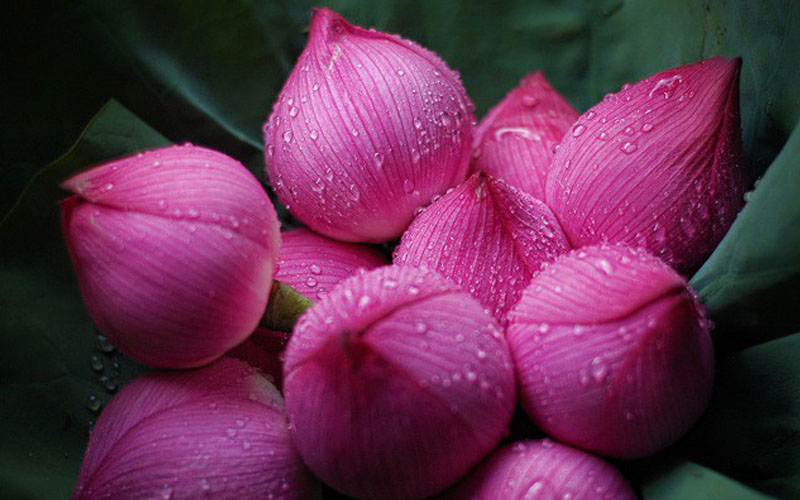 The lotus flower is regarded as the holy flower in Buddhism.
The lotus flower is regarded as the holy flower in Buddhism.
Peony
Peonies are also used for Buddhist offerings and placed at altars. This flower symbolizes good fortune and blessings for the family.
Additionally, peonies represent the purity, refinement, and nobility of Vietnamese women. Many believe that wearing a necklace made of peony seeds can ward off misfortune and bring good luck.
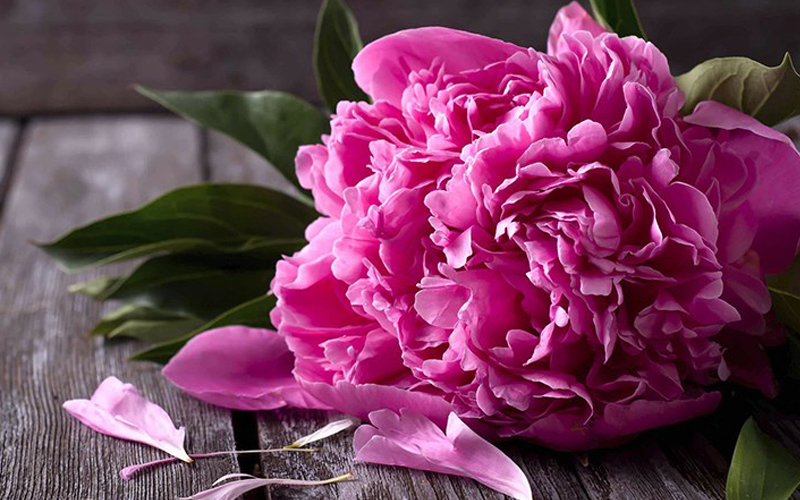 Peonies bring good fortune and blessings to the family.
Peonies bring good fortune and blessings to the family.
Chrysanthemum Pompon
True to its name, this flower offering brings financial luck, prosperity, and abundance to the family. Additionally, it symbolizes health and longevity.
 Chrysanthemum pompon brings financial prosperity and abundance.
Chrysanthemum pompon brings financial prosperity and abundance.
Yellow Chrysanthemum
Yellow chrysanthemums are often chosen for ancestral altars and Buddhist altars as they represent happiness, longevity, and financial abundance.
Moreover, chrysanthemums symbolize noble qualities such as loyalty, trustworthiness, filial piety, and righteousness. Unlike other flowers, the petals and leaves of the yellow chrysanthemum do not fall or wither, even when the flower is in full bloom or fading, symbolizing enduring virtues.
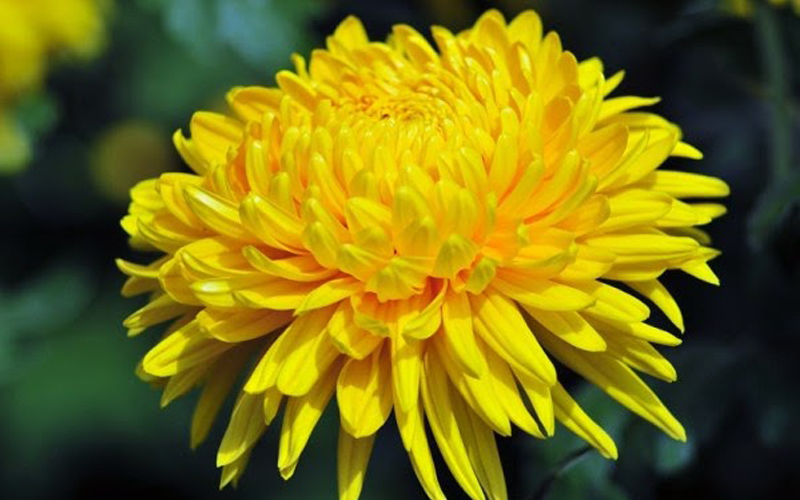 Yellow chrysanthemums signify happiness, longevity, and financial prosperity.
Yellow chrysanthemums signify happiness, longevity, and financial prosperity.
Lily
The lily, with its graceful beauty, pale white color, and delicate fragrance, is also an excellent choice for Buddhist offerings.
During the Tet holiday, people often arrange eight to ten lily branches into a bouquet and place them on the ancestral altar to wish for a lucky new year for the family.
 Lilies represent elegance and good fortune.
Lilies represent elegance and good fortune.
Apricot Blossom
During Tet, the apricot blossom is a must-have for offerings in Southern Vietnam.
In folk beliefs, apricot blossoms bring good luck and wealth to those who possess them at the beginning of the new year. They also symbolize nobility and compassion.
 Apricot blossoms bring good luck and wealth.
Apricot blossoms bring good luck and wealth.
Peach Blossom
Like apricot blossoms, peach blossoms are symbolic of Tet in Northern Vietnam. They are believed to be the embodiment of the five elements, capable of driving away evil spirits and bringing peace and prosperity. Peach blossoms also represent fertility and growth.
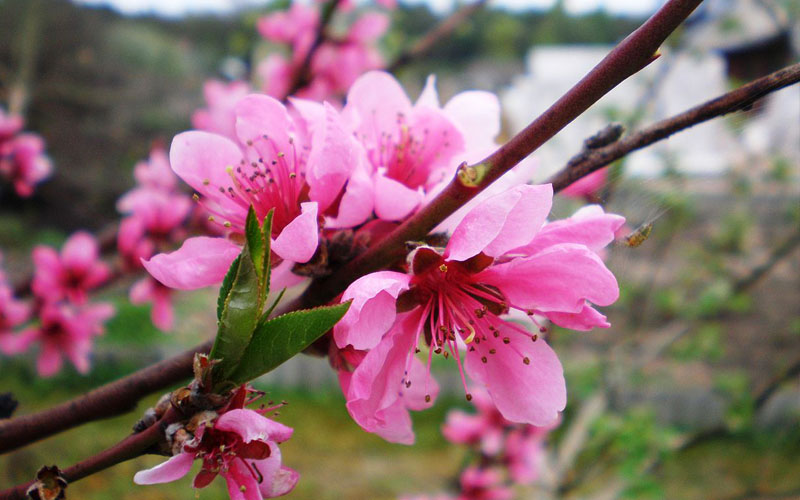 Peach blossoms symbolize fertility and the ability to ward off evil spirits.
Peach blossoms symbolize fertility and the ability to ward off evil spirits.
Ground Orchid
In traditional beliefs, among the two types of orchids, ground orchids are considered more suitable for offering to the Buddha due to their pure, elegant, and subtle beauty, with delicate fragrances.
On the other hand, wind orchids have the character “wind” in their name, which is associated with romance and a carefree lifestyle. Additionally, they are often grown high up, swaying in the wind, which does not align with the solemnity and tranquility required for worship.
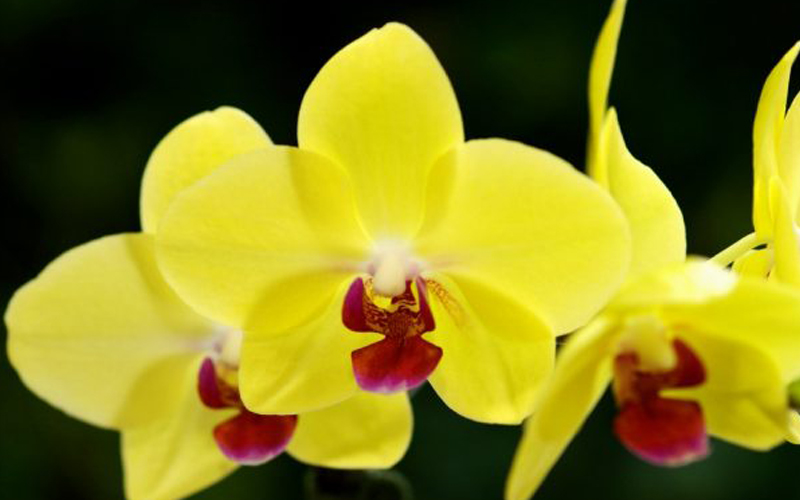 Ground orchids possess pure, elegant beauty.
Ground orchids possess pure, elegant beauty.
Sala Flower
The sala flower, also known as the flower of Nirvana, has a subtle fragrance and two-toned petals, usually red or white. It is closely associated with the legend of the Buddha’s entry into Nirvana in Kushinagar.
In Buddhist scriptures, the sala flower symbolizes insight and a profound understanding of life. It reminds us to cultivate ourselves to become compassionate and benevolent towards all beings.
 Sala flowers represent insight and a profound understanding of life.
Sala flowers represent insight and a profound understanding of life.
Chrysanthemum Pingpong
The chrysanthemum pingpong, with its thousands of tiny petals forming a round shape, signifies fullness, abundance, and prosperity for the family. Additionally, the yellow color of the flower is significant in Buddhist culture.
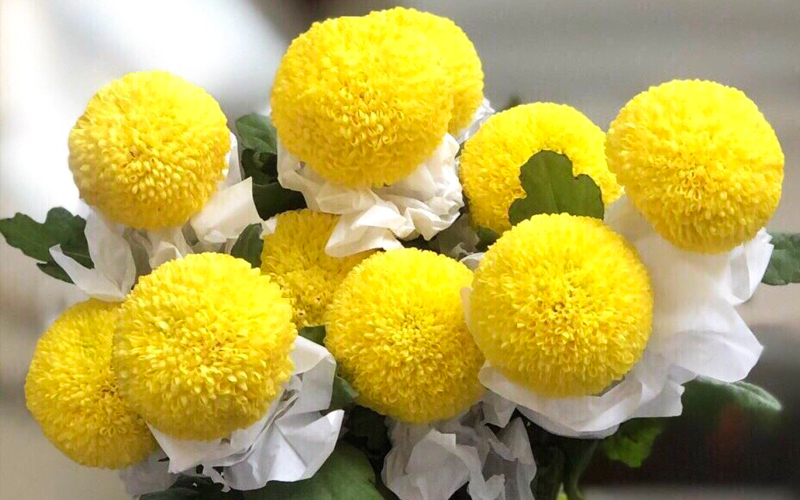 Chrysanthemum pingpong represents abundance and prosperity.
Chrysanthemum pingpong represents abundance and prosperity.
Reference: 6 types of flowers to buy for the Kitchen God on the 23rd of the twelfth lunar month
3 Flowers to Avoid When Offering to the Buddha
Hibiscus
Due to its sensitive name, which is not suitable for the solemnity of worship, hibiscus is not recommended for offering on Buddhist or ancestral altars.
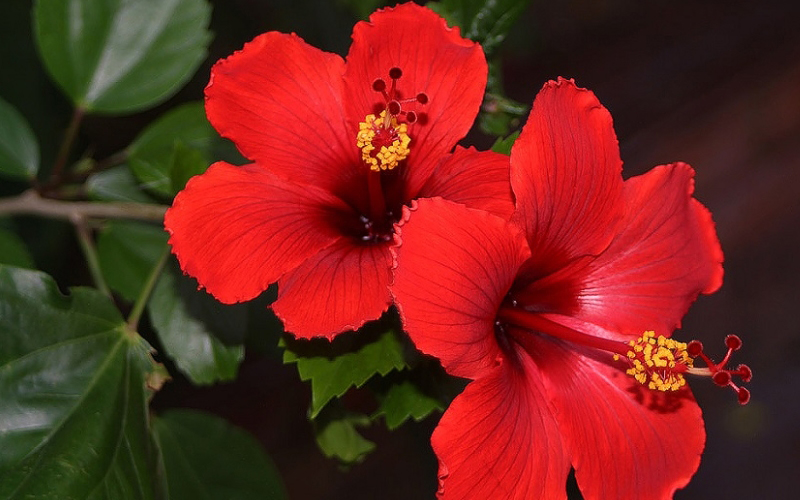 Hibiscus
Hibiscus
Marigold
According to folk beliefs, placing marigolds on the ancestral altar will bring misfortune to the family. Additionally, marigolds have an unpleasant odor, making them unsuitable for offerings.
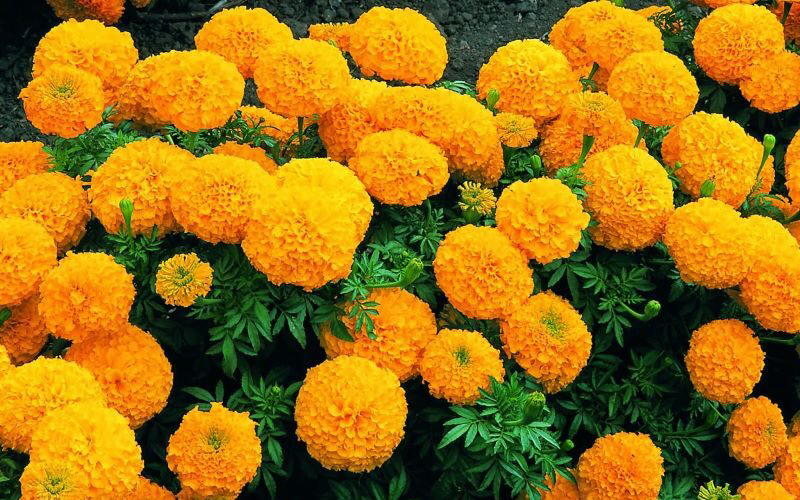 Marigold
Marigold
Jasmine
Although jasmine symbolizes purity and cleanliness, it is associated with promiscuity and misfortune in folk beliefs.
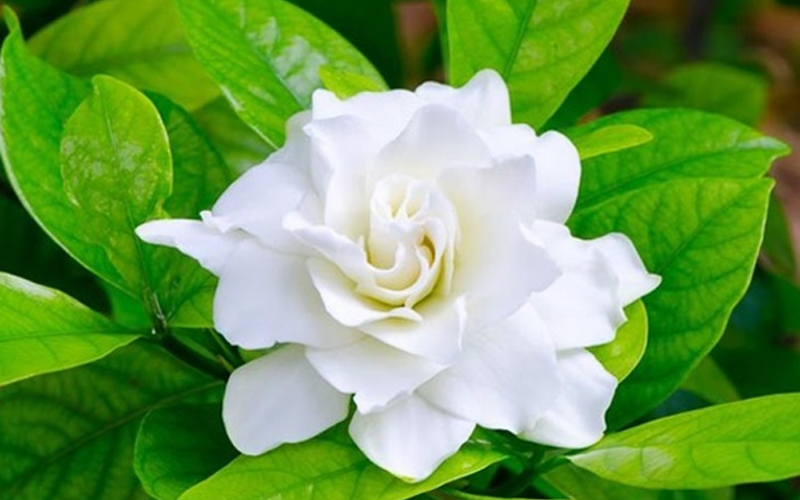 Jasmine
Jasmine
Lily
As the name suggests, lilies symbolize separation and are therefore not suitable for placing on ancestral or Buddhist altars.
 Lily
Lily
Plumeria
Plumeria is considered an absolute taboo for offerings due to its shape, which resembles a sensitive part of the female body. In Lao beliefs, plumeria is also associated with misfortune.
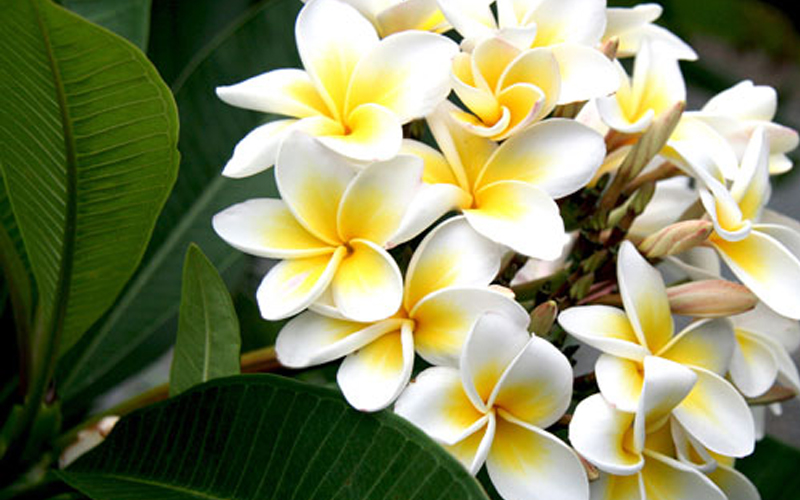 Plumeria
Plumeria
Hibiscus Mutabilis
Despite its beautiful name, the hibiscus mutabilis flower withers quickly. It is associated with an unfortunate tale of a fairy who had a tragic love life, so it is not suitable for offerings to ancestors or the Buddha.






























